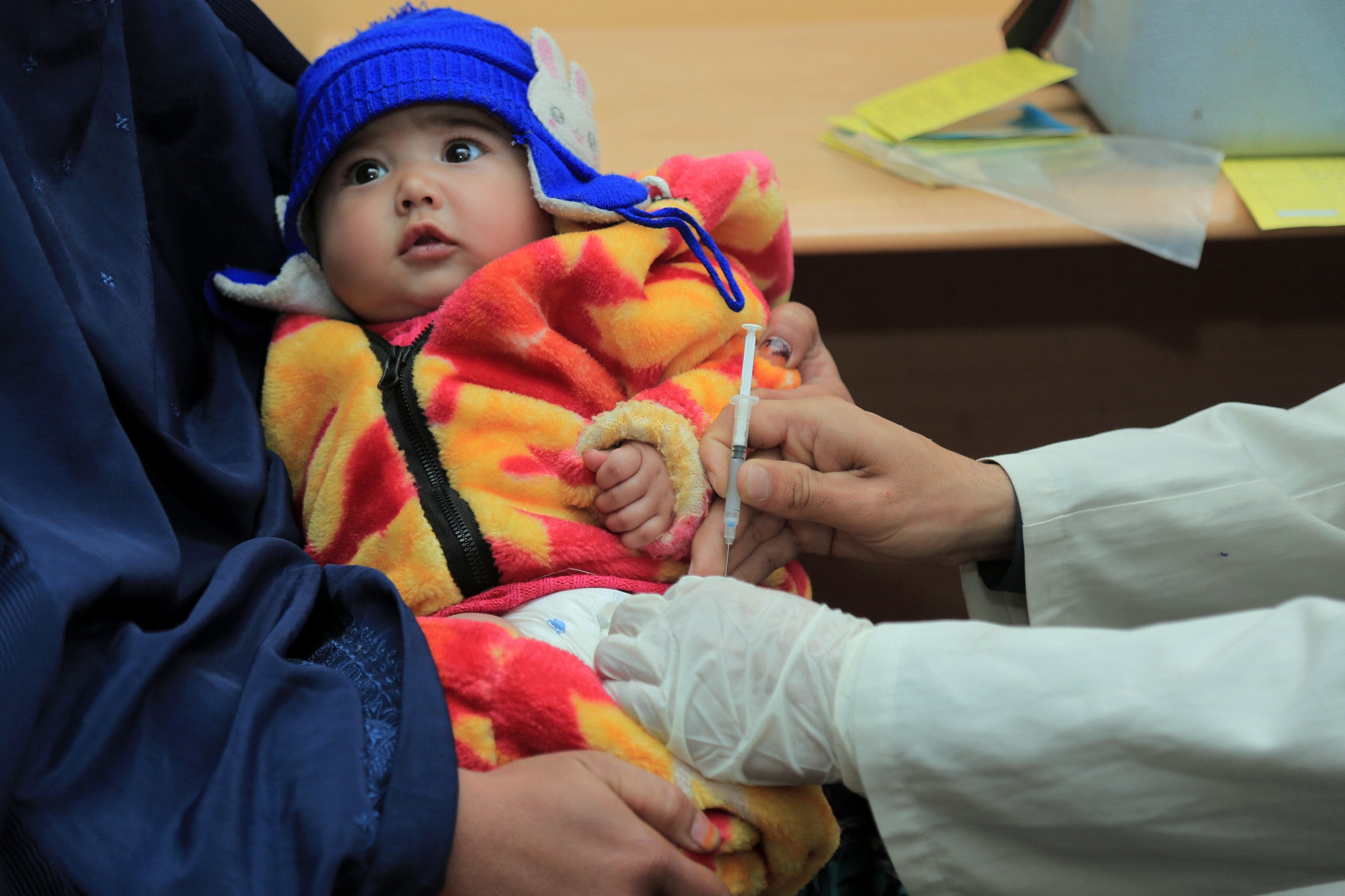 © Rumi Consultancy/World Bank
© Rumi Consultancy/World Bank
The 2020 update of Human Capital Index (HCI) was launched this month, providing a pre-pandemic benchmark of human capital outcomes for 174 countries, as well as new data for 2010 to enable tracking progress in building human capital over the past decade. The HCI was a large-scale collaborative effort, involving staff from around the World Bank Group and many inputs from government counterparts to update and review the data. Now that the HCI is out, it is useful to step back and consider some basic questions around the HCI, what it does and does not say, and also to recognize how its limitations challenge us to increase our efforts towards more and better measurement to inform policies that support the acquisition of human capital.
1. Why do we need a Human Capital Index?
When we talk about human capital, we mean the health, the skills, and the knowledge that people accumulate over their lifetime. This human capital has intrinsic value. But it also has a productivity dimension which, like physical capital (roads, bridges, digital infrastructure, etc.), is a key engine of economic development. This productivity dimension is exactly what the HCI tries to capture.
The HCI measures the shortfall in productivity that a child born today is likely to face as a future worker – reflecting the risks that she or he may not grow up to be a healthy and well-nourished child, may not be able to attend school or learn while in school, and may not enter healthily into adulthood.
Different markers can be used to capture these milestones of human capital: vital records for survival in childhood and adulthood; stunting for healthy growth; enrollment for school attendance; and international student assessment scores for learning.
So why bother with an index? There are at least two reasons. First, human capital accumulation is a dynamic process where a child’s nutrition affects their cognitive abilities, their performance in school and, eventually, their earnings in adulthood. This interconnectedness may be lost when individual markers are considered in isolation. Second, a single economically meaningful measure can give more salience to the conversation about human capital than a dashboard of disparate indicators would.
2. Why an update now?
In addition to its direct toll on lives, COVID-19 is likely to have significant consequences on human capital accumulation. Measuring this impact is essential to guide policy priorities and design responses. The HCI 2020 update can help to do that. It combines official data curated primarily by UN agencies with data from multiple international student testing programs that have been harmonized into common units using a methodology designed at the World Bank. The cutoff date for the 2020 update was March 2020, before the consequences of COVID-19 unfolded globally on a large scale. As such, the HCI 2020 can be a baseline to track some of the effects of COVID-19 on human capital .
3. Where are the rankings in 2020?
Borrowing from development accounting, the HCI methodology uses estimated economic returns to education and health to express education and health outcomes in the same currency: units of productivity. Thanks to this clear economic interpretation, there is no need for country rankings. Rankings place an inordinately large focus on the fact that a country with an HCI of 0.51 is ahead of a country with an HCI of 0.50. But an emphasis on ranking misses the more critical point, which is that in both countries, children born today will grow up with half their human capital potential unfulfilled. This is vastly more important than whether one country is “ahead” of another.
Moreover, when HCI scores are similar across many economies, rankings artificially inflate small country differences. For example, with a 2020 HCI score of 0.61, Peru and Mongolia bookend five other countries with the same HCI score to two decimal places. With rankings, Peru would be six ranks below Mongolia. But in reality, the much more important point is that in both countries (and the five in between), children born today will only achieve about 60 percent of the productivity as future workers as they might have had they benefitted from complete education and full health. Finally, rankings obscure progress in levels. Between 2010 and 2020 the HCI improved for 83 out of 103 countries, but out of these, 32 saw their ranks decline simply because other countries improved faster.
4. How can the HCI help to understand the impact of COVID-19 on human capital?
With its disruption on health care delivery and on the economy, COVID-19 is affecting all dimensions of human capital. The framework of the HCI can help to simulate the magnitude of the pandemic’s impact at specific points of the lifecycle. For example, simulations conducted by the World Bank’s Education Global Practice team suggest that school closures are likely to generate a loss of about half a year of schooling, once learning losses are factored in. Translated in HCI units, these losses are equivalent to a drop in the HCI of school-age children of about five percent or 2.5 HCI points. Is this little or a lot?
The analysis of human capital accumulation between 2010 and 2020 shows that, on average, human capital in the world improved by 2.6 HCI points. This means that the pandemic may roll back a decade’s worth of human capital gains. Even when the pandemic has run its course, its consequences will be felt for years to come. Disruptions in health services and family hardship are worsening care and nutrition for pregnant mothers and for young children with likely increases in child mortality and stunting and reductions in schooling. In low-income countries, these effects amount to losses of up to one percent of the HCI of young children now.
5. And an uncomfortable fact…
An index is only as good as its data sources. While the data underlying the HCI have been carefully curated and thoroughly reviewed by colleagues around the World Bank, we are acutely aware of its limitations and that more needs to be done to improve measurement. Official sources on health and school enrollment, together with data from a variety of international and regional testing programs, are the basis for the calculation of the HCI. Data-wise, the 2020 HCI update has progressed since 2018 with an expansion of the initial coverage by 17 countries, and with more countries for which sex-disaggregated data is available.
Yet, for some countries the necessary data is still not available to compute the index – the lack of comparable test scores being the chief constraint. For others, the HCI is calculated with dated data. For example, in about one third of countries, data for stunting are more than five years old. Only two thirds of countries register 90 percent of births, and only around half of the countries register 90 percent of deaths.
In Sub-Saharan Africa, only eight countries have coverage of 80 percent or more for under-five birth registration. In a world producing 2.5 quintillion bytes of data every day, the measurement of key milestones in people’s lives — birth, healthy development, schooling, death —is still a work in progress in much of the developing world.
Beyond the HCI, investments in better measurement of human capital are needed not only to benchmark it across countries, but to understand its accumulation process. All of this is essential to design appropriate policies to protect and invest in human capital and to target interventions where they are needed the most. Now more than ever.
The Human Capital Index is a joint product of the Chief Economist offices of the Human Development Practice Group and of the Development Economics Group in the World Bank. The core HCI team included Paul Corral, Ritika D’Souza, Nicola Dehnen, and Juan Mejalenko. You can access an interactive tool to visualize various aspects of the HCI here. For questions, please email hcidata@worldbank.org.



Join the Conversation